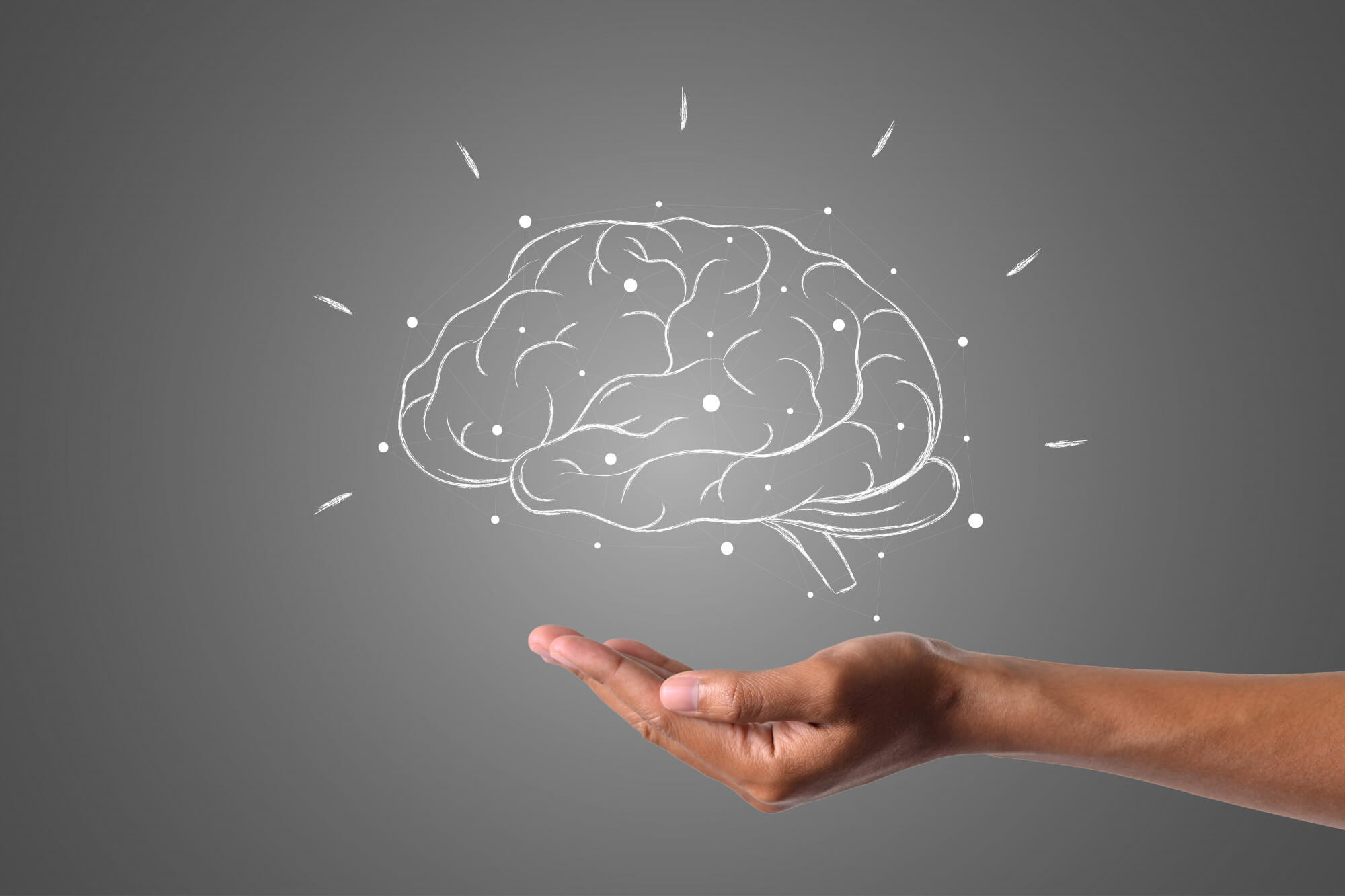Revolutionary Model Unlocks the Genetic Secrets of Aging
Key Gene Changes Uncovered, Sparking Potential for Anti-Aging Breakthroughs

Julien Tromeur
Researchers at the Salk Institute for Biological Studies in California have unveiled a groundbreaking insight into the aging process, offering an unprecedented view into the changes within our genes as we age.
By gathering over 3,000 RNA samples from individuals of various ages and medical backgrounds, including diverse body tissues like the brain, heart, skin, retina, and bone, the team constructed a comprehensive model of the human transcriptome. This model illuminates the multifaceted nature of gene expression alterations linked to aging.
Their study identified distinct patterns in gene function across different age groups. Notably, they observed variations in genes responsible for apoptosis (cell death) in the brain between younger and older individuals. Additionally, the researchers developed an "ultra-predictive RNA ageing clock" capable of accurately determining a person's age by analyzing their RNA sample against this extensive database.
This breakthrough model not only sheds light on age-related gene processes but also holds promise as a benchmark for testing anti-aging interventions. In future clinical trials, researchers aim to explore whether drugs can reverse gene expression patterns toward a more youthful state, potentially slowing down the aging process. Moreover, these age-related gene alterations present potential targets for therapeutic approaches that support healthy aging.
The team's pioneering work opens doors for understanding the molecular intricacies of aging and offers hope for the development of treatments that could enhance healthy aging in humans.
References
Publiziert
1.7.2024
Kategorie
Science

Experte
Researchers at the Salk Institute for Biological Studies in California have unveiled a groundbreaking insight into the aging process, offering an unprecedented view into the changes within our genes as we age.
By gathering over 3,000 RNA samples from individuals of various ages and medical backgrounds, including diverse body tissues like the brain, heart, skin, retina, and bone, the team constructed a comprehensive model of the human transcriptome. This model illuminates the multifaceted nature of gene expression alterations linked to aging.
Their study identified distinct patterns in gene function across different age groups. Notably, they observed variations in genes responsible for apoptosis (cell death) in the brain between younger and older individuals. Additionally, the researchers developed an "ultra-predictive RNA ageing clock" capable of accurately determining a person's age by analyzing their RNA sample against this extensive database.
This breakthrough model not only sheds light on age-related gene processes but also holds promise as a benchmark for testing anti-aging interventions. In future clinical trials, researchers aim to explore whether drugs can reverse gene expression patterns toward a more youthful state, potentially slowing down the aging process. Moreover, these age-related gene alterations present potential targets for therapeutic approaches that support healthy aging.
The team's pioneering work opens doors for understanding the molecular intricacies of aging and offers hope for the development of treatments that could enhance healthy aging in humans.
Experte
Referenzen
Publiziert
1.7.2024
Kategorie
Science

.svg)













